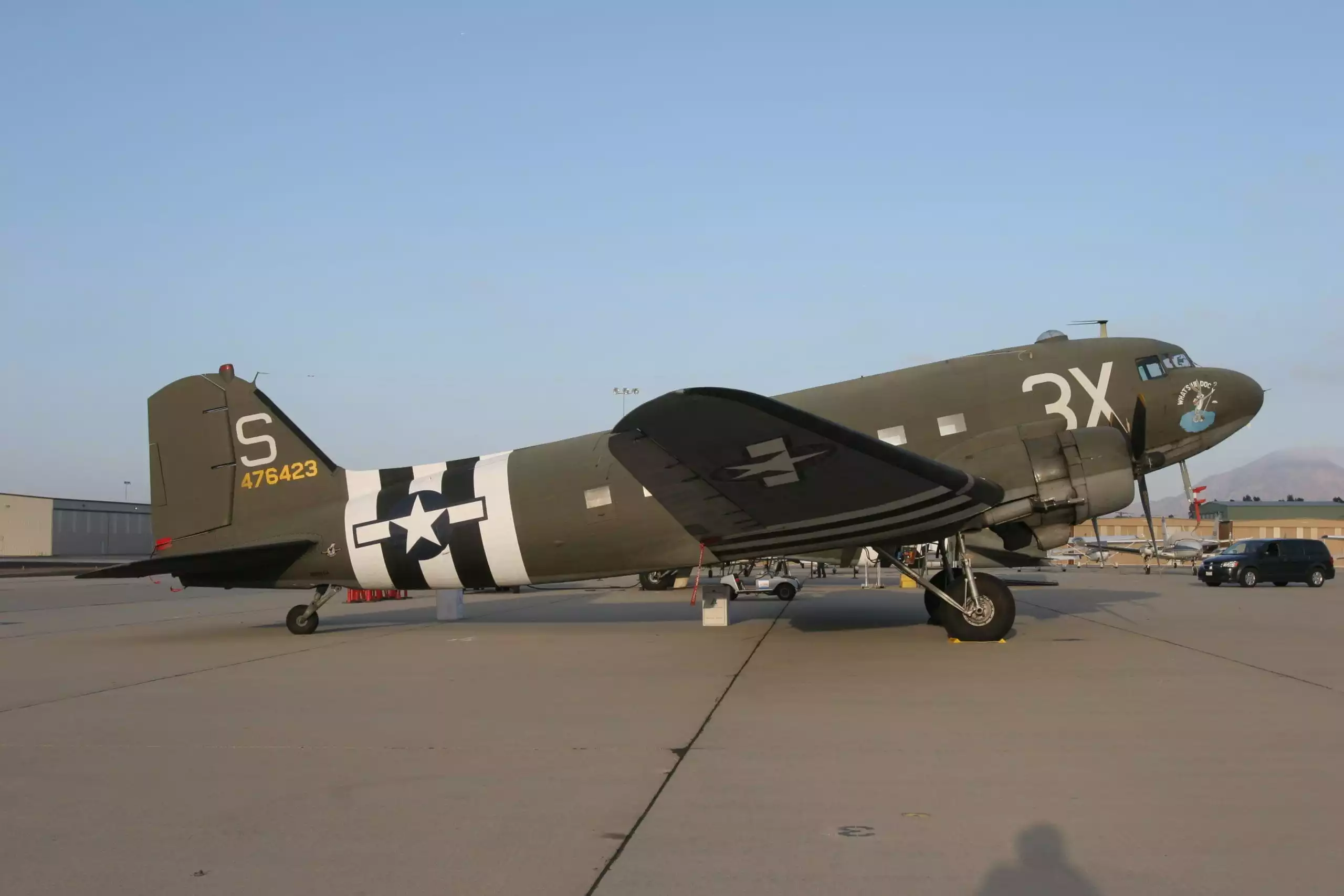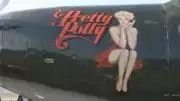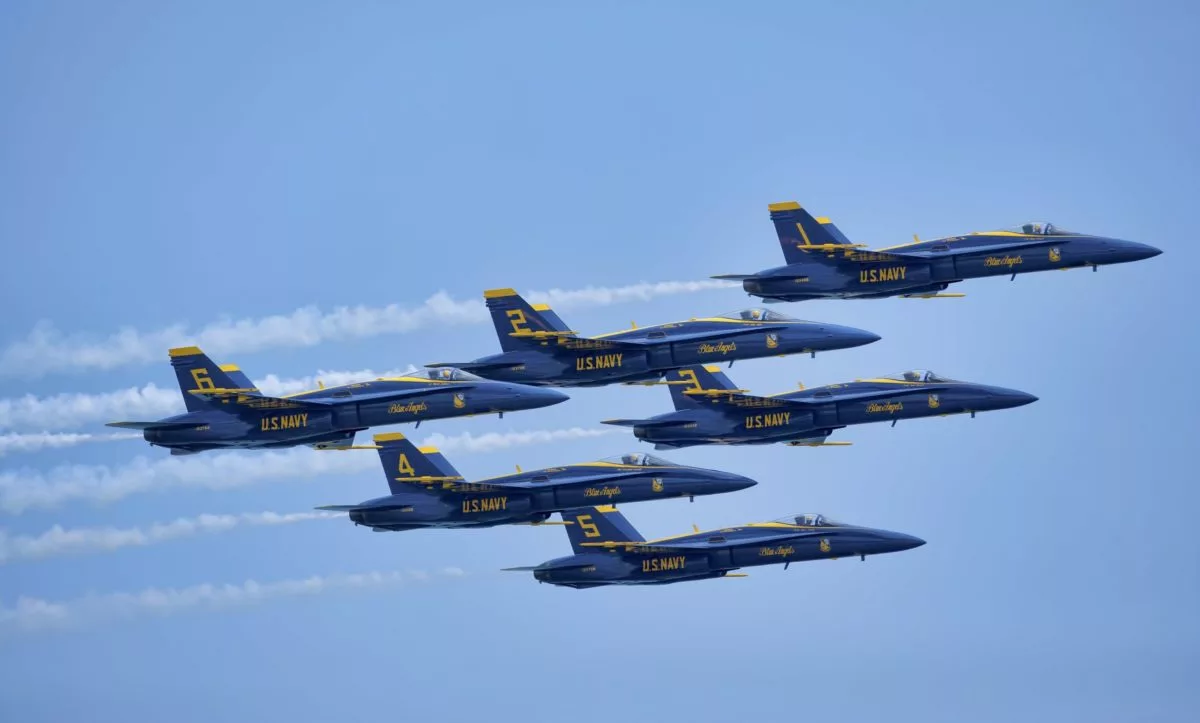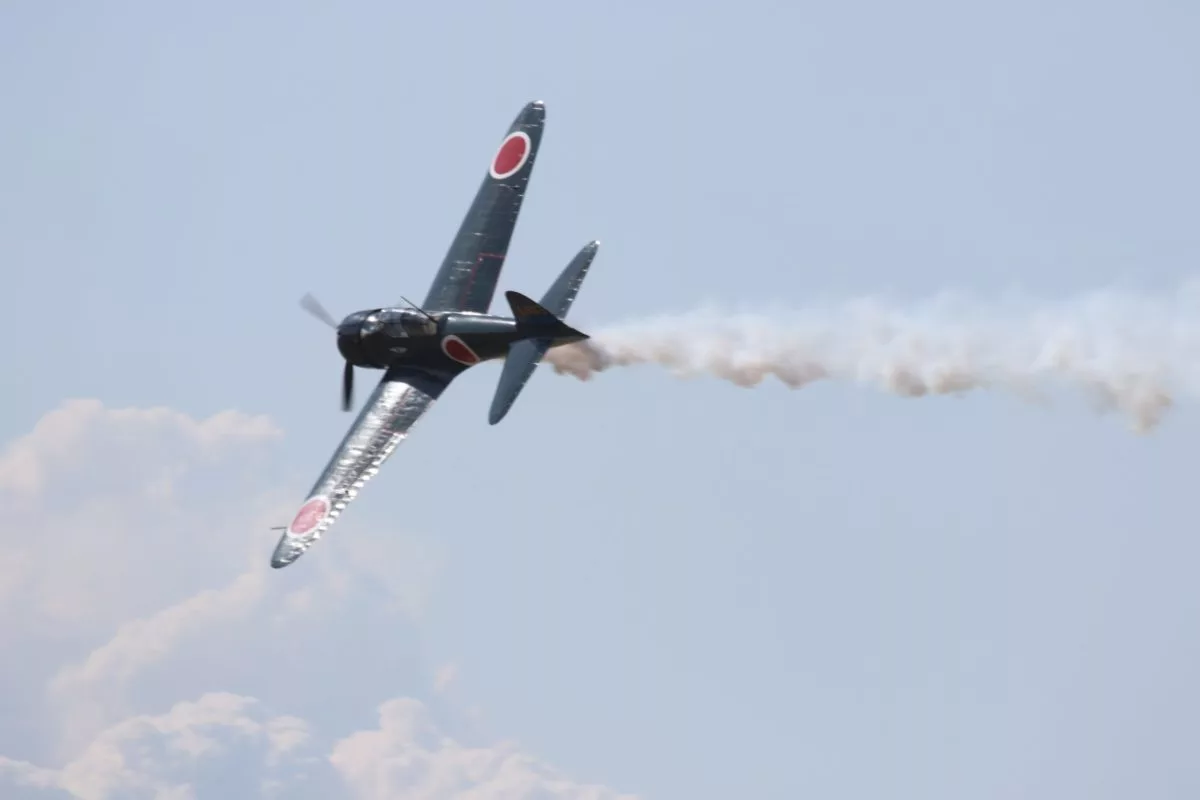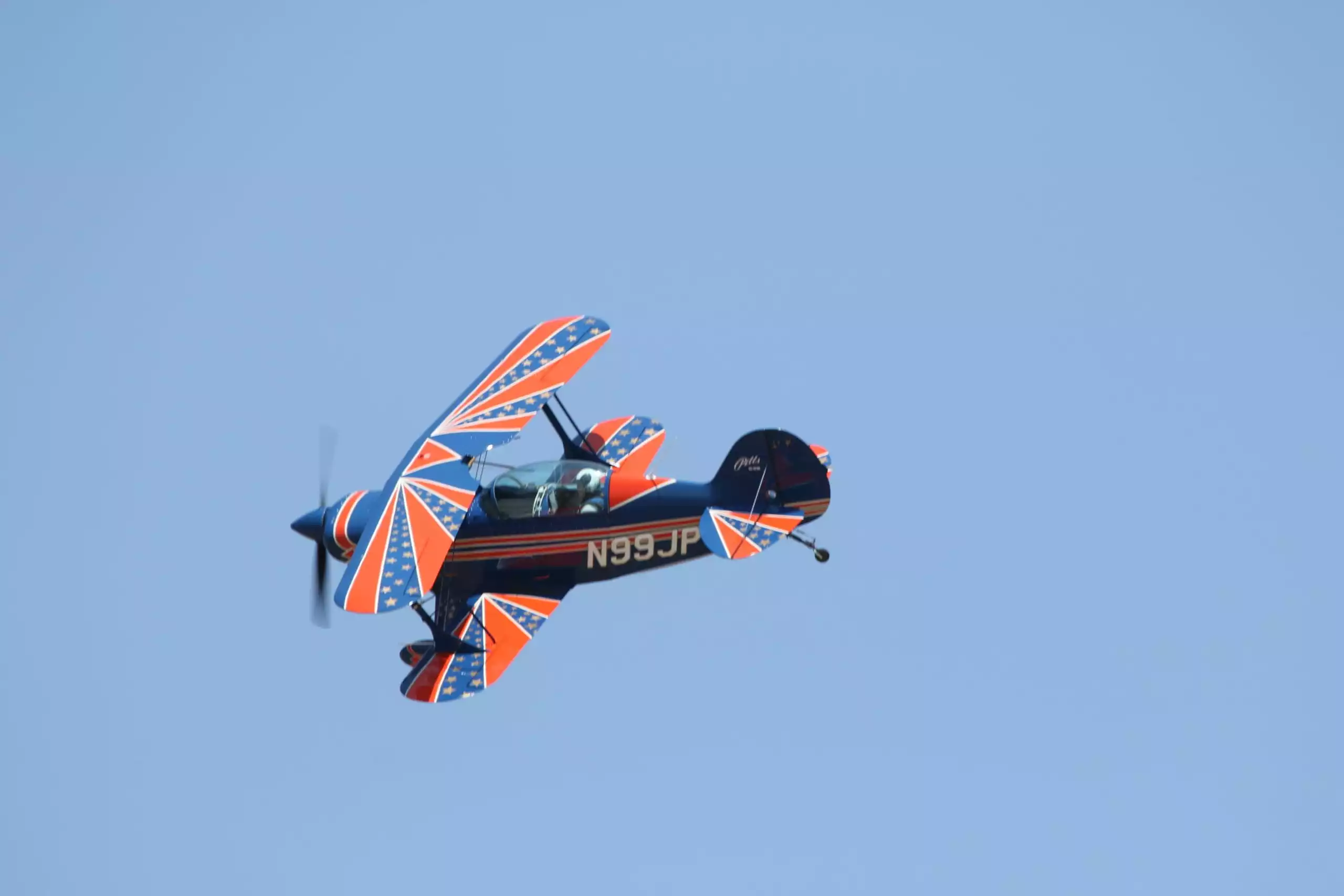4 Types of Military Planes And Their History
Throughout history, aviation technology has rapidly advanced. This can be seen in the types of military planes used. Here are four common types of aircraft, and their history.
The modern history of the United States military is easily traceable by looking at its airplanes. It may not be pleasant to acknowledge, but war spurs aviation technology. The earliest crafts in the air—balloons and airships—were deployed for intimidation, surveillance, and coordination.
Aviation researcher and Smithsonian Secretary Samuel P. Langley was partially funded by the War Department to get a piloted airplane in the skies (as we know, he was beaten out by a pair of bicycle-building brothers from Ohio.) Most accelerations in aviation technology took place by necessity during wartime.
Types of Military Planes
Air shows are a great place to see some terrific airplanes while learning about important history. Most of the military planes discussed in this post are viewable at aviation museums, but there’s nothing like seeing them in the air. The opportunity to watch the giants of military aviation at work isn’t one to be missed. The more you know about them, the more you will be able to appreciate their greatness as they soar overhead. Here are four types of military planes and their history.
1. B-29 Superfortress
Fifi and Doc might sound like two cartoon characters, but these are names spoken with great respect in the aviation community. They are the only two operating examples of the mighty B-29 Superfortress, which played a major role in World War II. You’ve probably heard of the Enola Gay, which dropped the first atomic bomb on Hiroshima in Japan. The Enola Gay was a B-29 and now in the Smithsonian Air and Space Museum.
Produced by Boeing, which also manufactures many commercial airliners which might have whisked you away on vacation, the B-29 was a jewel of the latest technology when it rolled off the line in 1943. In the planning stages before the United States entered WWII, it boasted four engines and a massive bomb bay. It was named in honor of its inspiration and predecessor, the B-17 Flying Fortress. The B-29 could deliver ordinances from high altitudes as well as participate in low-pass bombing runs. It was used mostly in the Pacific theater.
The B-29 Superfortress offered the Army Air Corps (later the Air Force) guns which the crew could operate by remote control. Both crew sections were pressurized. Its cockpit and separate tail gunner section, also pressurized, later served as the inspiration for the sections of the Millennium Falcon in Star Wars. It flew in the Korean War and beyond; its advanced technology meant that it wasn’t retired from service until 1960.
2. F-80 Shooting Star
The F-80 Shooting Star, like the B-29 Superfortress, also had its roots in the World War II era. However, the missions of these two military planes were completely different. While the B-29 was a massive heavy bomber, the P-80/F-80 Shooting Star was a jet fighter.
The first combat fighter exclusively assigned to the United States Air Force, the F-80 made its maiden flight in 1944. It was designed in just a few months. Although first built during World War II, it was used mostly during the Korean War. The F-80 could attain speeds of over 500 miles per hour, and it had a range of over a thousand miles before it required refueling. It carried a single fighter pilots, and bristled with six .50 caliber machine guns. The F-80, which was built by Lockheed, could also carry bombs and rockets. It was the United States’ first turbojet to see combat.
The F-80 was also flown by pilots in the United States Navy. If you enjoyed the movie Top Gun, you can thank the Shooting Star’s successor, the F-94 Starfire, which participated in the first jet-to-jet battle when one engaged a Russian MiG-15 in 1950.
Jet technology was speeding along so quickly that he F-80 was quickly surpassed by other military planes, but the F-80 remained in service until the 1970’s. Its trainer was used by the Air Force well into the 1990’s.
3. F-14A Tomcat
Speaking of Top Gun, its biggest star wasn’t Tom Cruise or Val Kilmer, but the nimble F-14A Tomcat. This famous fighter was built by Grumman, just like the Apollo lunar landers. Now an icon just as much as those gold-wrapped moon crafts, the F-14A was a stalwart of the Cold War. During this period, it was the pride of the Navy flight defenses.
This military plane was designed to compete with the USSR’s ability to patrol for great distances. Capable of landing on an aircraft carrier as well as engaging the enemy from a range of 90 miles, this interceptor is known for its high speeds, but it can operate low and slow as well. The F-14A Tomcat, with its low-swept wings and powerful engine, was meant to act as a companion to the Air Force’s F-111A.
The F-14A was a long time in development, but all the work paid off when it first flew in 1970. Its two engines give it a punch—it can go supersonic. Additionally, despite its agility, it can carry a crew of two as well as powerful missiles. The F-14A saw was in production from 1974 until 1991, but it wasn’t retired until 2006. The Iranian Air Force now flies the F-14A Tomcat.
4. F-16 Fighting Falcon
If you’ve been fortunate enough to see the bubble-canopied Air Force Thunderbirds deliver a flyover or full air show, you are enjoying the power of the F-16 Fighting Falcon. Produced by Lockheed Martin, the F-16 Fighting Falcon is extremely maneuverable, but only the best pilots can call forth the limits of its capabilities. Powerful and sleek, it was designed as a precision bomber as well as a dogfighting aircraft, just like its WWII predecessors.
The Thunderbirds are so close to its fighting brothers and sisters that the airplanes on the team can be quickly converted to combat readiness; the only modifications it contains is a smoke machine and different paint scheme. Combat F-16s were introduced in 1974. Modernized versions of it are still in service and the type has been in combat in many conflicts, particularly in the Middle East.
Ready to Soar with Us?

